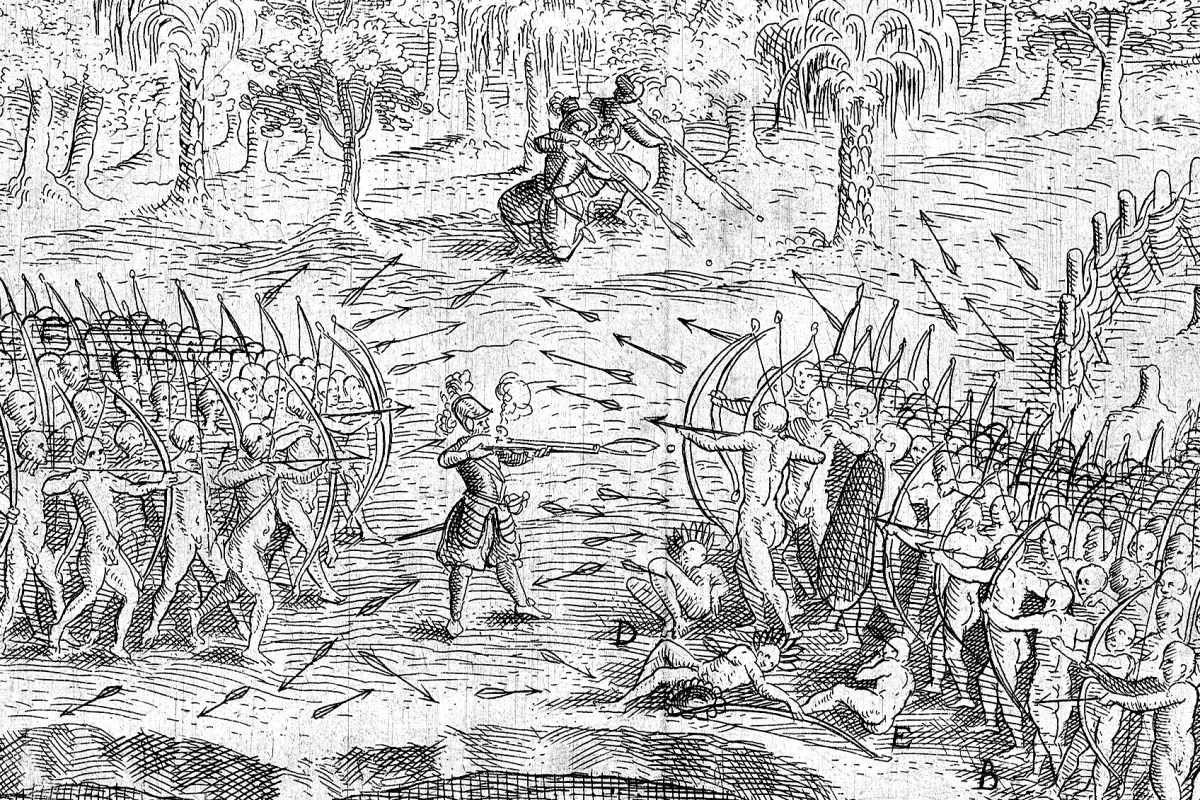Controversial 16th Century adventurer Samuel de Champlain penned two of history’s most captivating travel books, chronicling his exploration and mapping of much of the North American continent and his founding of New France.
Both books (“Les Voyages du Sieur de Champlain Xaintongeois” (1613) and “Les Voyages de la Nouvelle France Occidentale, dicte Canada” (1632)) contain different versions of Champlain’s landmark foundational map of Canada and incomplete copies of both books (without the maps) have been selling above US$100,000 at auction for 30 years, so when one of the handful of known complete copies of “Les Voyages du Sieur de Champlain Xaintongeois” (published in 1613) went to auction at Christie’s last week, it became both the world’s second-most expensive travel book and one of the world’s most valuable scientific documents, fetching $1,320,500.
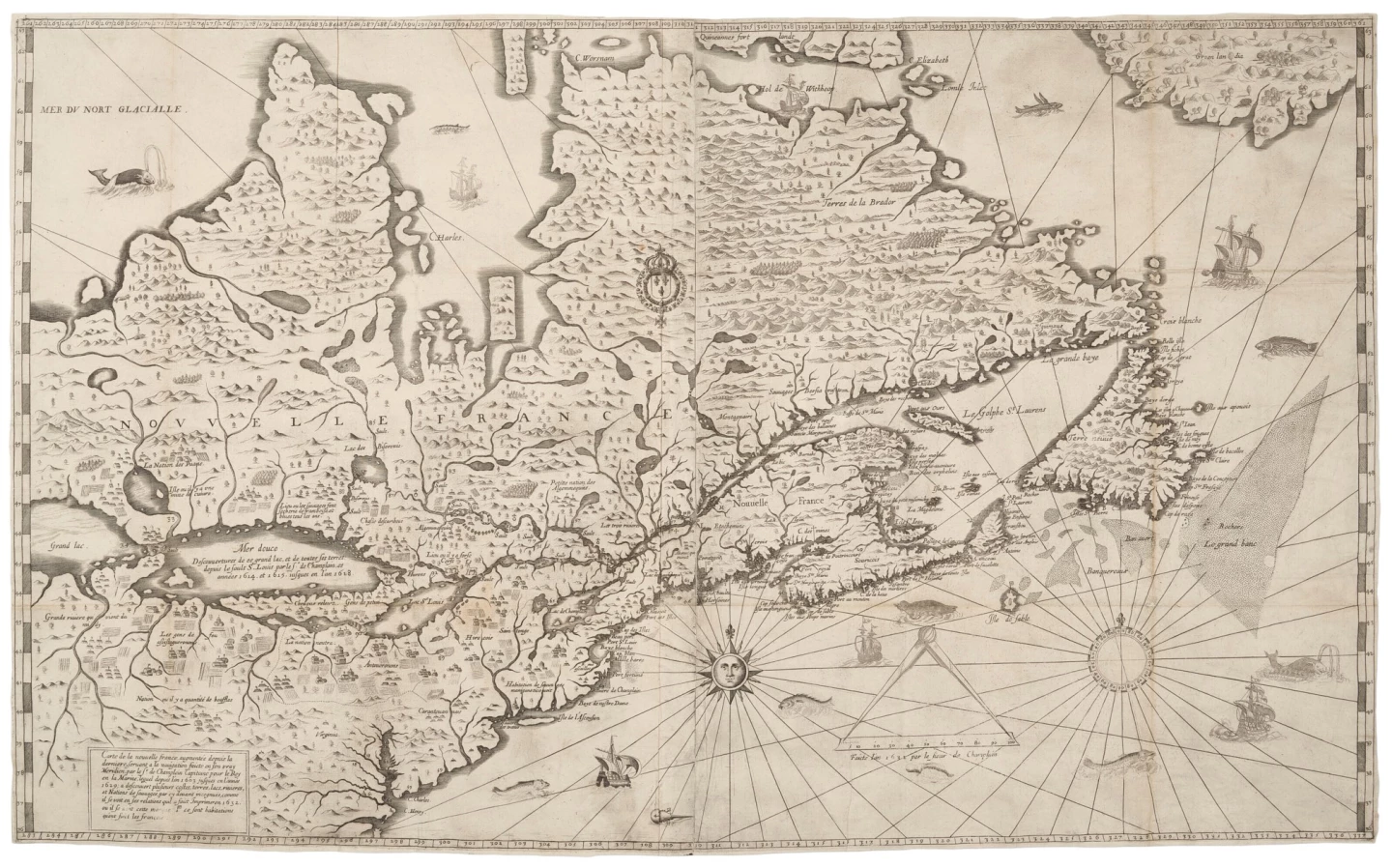
De Champlain was born into a seagoing family where a practical education in all relevant skills begins at birth. Both his father and uncle were ship captains and a childhood watching his role models tackle countless difficult voyages and conquer come-what-may seems to have schooled de Champlain with the tenacity, resilience and requisite skills required for forging a path into the unknown. One of those skills, his cartography, would enable him to influence the course of history.
The vast wealth accumulated by his uncle as a ship’s owner/captain is believed to have been at least partly due to “privateering” for the French crown, which may be one explanation for the clear but unexplained relationship between the King and the Champlain family.
After running his uncle’s shipping company for 24 months when his uncle experienced poor health, Samuel de Champlain inherited his uncle’s entire estate in 1601, just two years before he was granted a pension by the King. No explanation was ever given as to the reason for the pension, and it was granted before Samuel’s accomplishments in the New World began.
There is much debate among historians regarding de Champlain’s rapid rise to prominence, with some postulating that he was the illegitimate son of King Henry IV of France. That’s a juicy tale with only circumstantial evidence so we’ll let others pursue that one.
Wherever he learned his skills, he learned them well.
“The cartography of Samuel de Champlain marks the beginning of the detailed mapping of the Atlantic coast north of Nantucket Sound, into the St. Lawrence River valley, and, in a more cursory fashion, to the eastern Great Lakes,” according to the University of Chicago’s History of Cartography. Some perspective can be gained on the importance of de Champlain’s work in that he gets his own chapter.
The previous record price for a complete copy of “Les Voyages du Sieur de Champlain Xaintongeois” was held by the renowned Siebert copy which fetched $758,000 at a Dreawatts Bloomsbury (New York) auction in December, 2009. At that time, the sale made that copy one of the top 50 scientific manuscripts of all time, and this new sale at $1,320,500 moves the book back into the top 50 again. The Siebert copy had previously been in the list of the most expensive scientific documents of all time when it sold for $360,000 at a Sotheby's New York auction in May 1999.

From Sotheby’s auction description of that book: One of the most important works of the 17th century, remarkable in its content and execution, being the work of one man – a gifted naturalist, an artist (trained as a portrait painter in France), a skilled cartographer and sympathetic ethnographer. Samuel de Champlain's account of his voyages of 1604, 1610, 1611 and 1613 are a key exploration narrative, one considerably enhanced by the author's lively illustrations in which he records his mapping of a vast area with unprecedented detail and accuracy, while also depicting the flora and fauna of the New World. The vignettes within the rare Carte Geographique de la Nouvelle Franse are an artist's rendition of new species, giving a hint of the varied and vast natural resources to be found in the New World. Of this monumental cartographic endeavor, Armstrong called the map, "not the work of a bureaucrat, but of a skillful pyschologist, promoter and politician…Champlain's map of 1612 is the most important historical cartography of Canada."
The maps that originally came with each copy of “Les Voyages du Sieur de Champlain Xaintongeois” (1613) and “Les Voyages de la Nouvelle France Occidentale, dicte Canada” (1632) are now so valuable in their own right, that they regularly sell separately for extraordinary amounts.
In November 2008, Sotheby’s sold a map that had previously been part of “Les Voyages du Sieur de Champlain Xaintongeois” (1613) for $232,900 (£157,250), and a map that had originally part of “Les Voyages de la Nouvelle France Occidentale, dicte Canada” (1632) (but without the book) sold for $100,800 at the same 2024 Christie’s auction in which the subject of this article was sold.
Which brings us to the title of “the world’s most expensive travel book.”

There have been a number of claims over the years that different books have been “the world’s most expensive travel book," beginning in 2009 when Bloomsbury’s International sold the Siebert copy of “Les Voyages du Sieur de Champlain Xaintongeois” for $758,000.
We think that claim was correct, but only if Claudius Ptolemy’s “Cosmographia” (aka “Geographia”) and Battista Agnese’s “Portolan Atlas of the World” are not regarded as travel books.

“Cosmographia” was indeed the first 'atlas' but given Ptolemy (along with Marinus of Tyre c. 100CE) created the atlas format and used it to give us the first uniform, structured view of the world, there’s a strong argument that the intent was definitely to create a travel book, even if it did spawn an entirely new category of book. Encyclopedia Brittanica characterized “Cosmographia” as “a clear and detailed image of the inhabited world as it was known to a resident of the Roman Empire at its height.”
Lord Wardington’s copy of Ptolemy’s “Cosmographia” sold at a Sotheby’s London auction in 2006 for $3,966,804 (£2,139,000), while Kenneth Nebenzahl’s copy of Agnese’s “Portolan Atlas of the World” sold for $2,770,500 at a Christie’s auction in April 2012, and a Portolan is by definition a tool for travelers, albeit waterborne travelers.
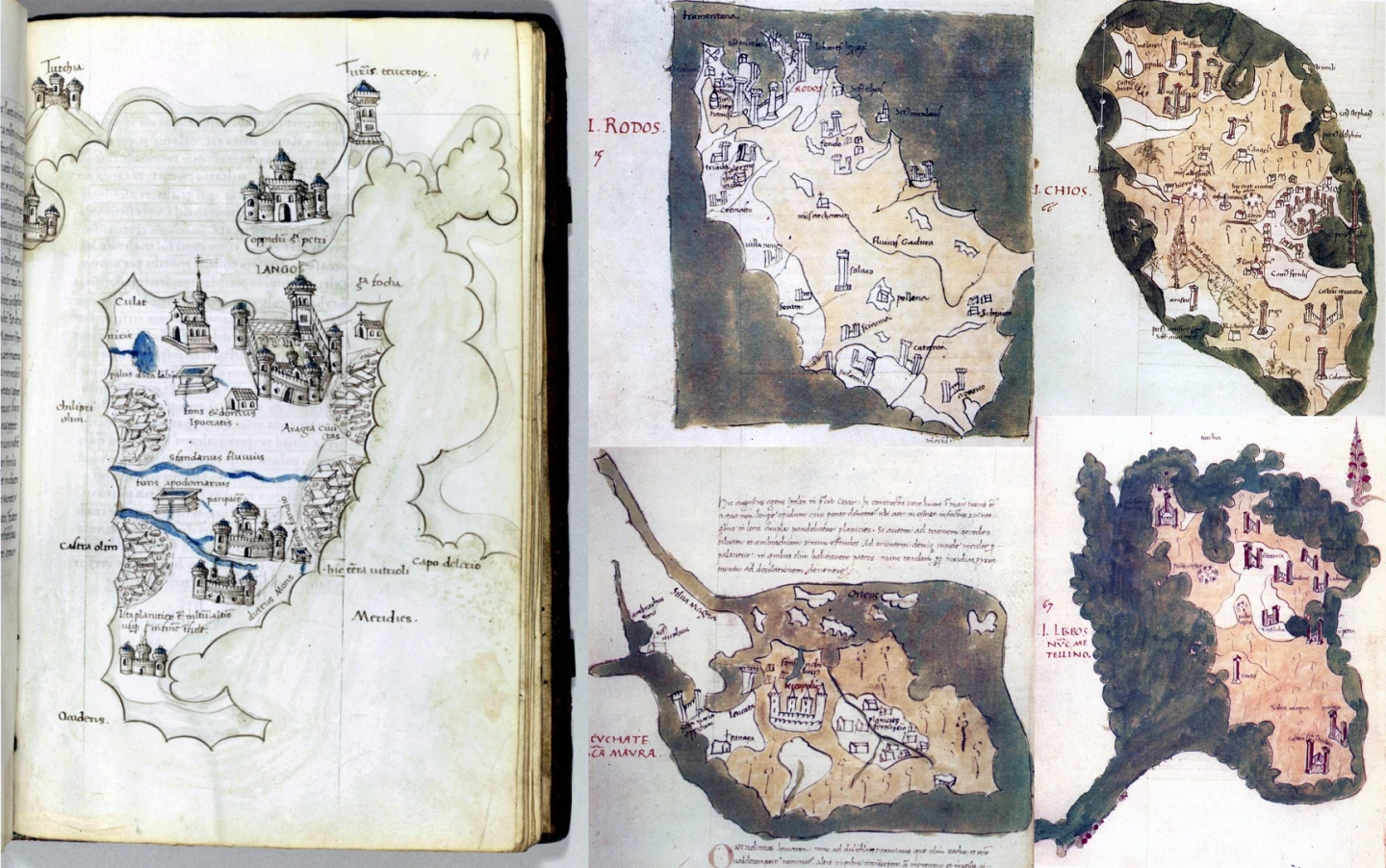
If those books are excluded, then “Les Voyages du Sieur de Champlain Xaintongeois” became the most expensive travel book in the world when it sold for $758,000 in 2009, and was surpassed in price when Christie’s New York sold “Liber Insularum Archipelagi” by Cristoforo Buondelmonti for $1,762,500 in April 2012. No other travel book has since exceeded that amount.
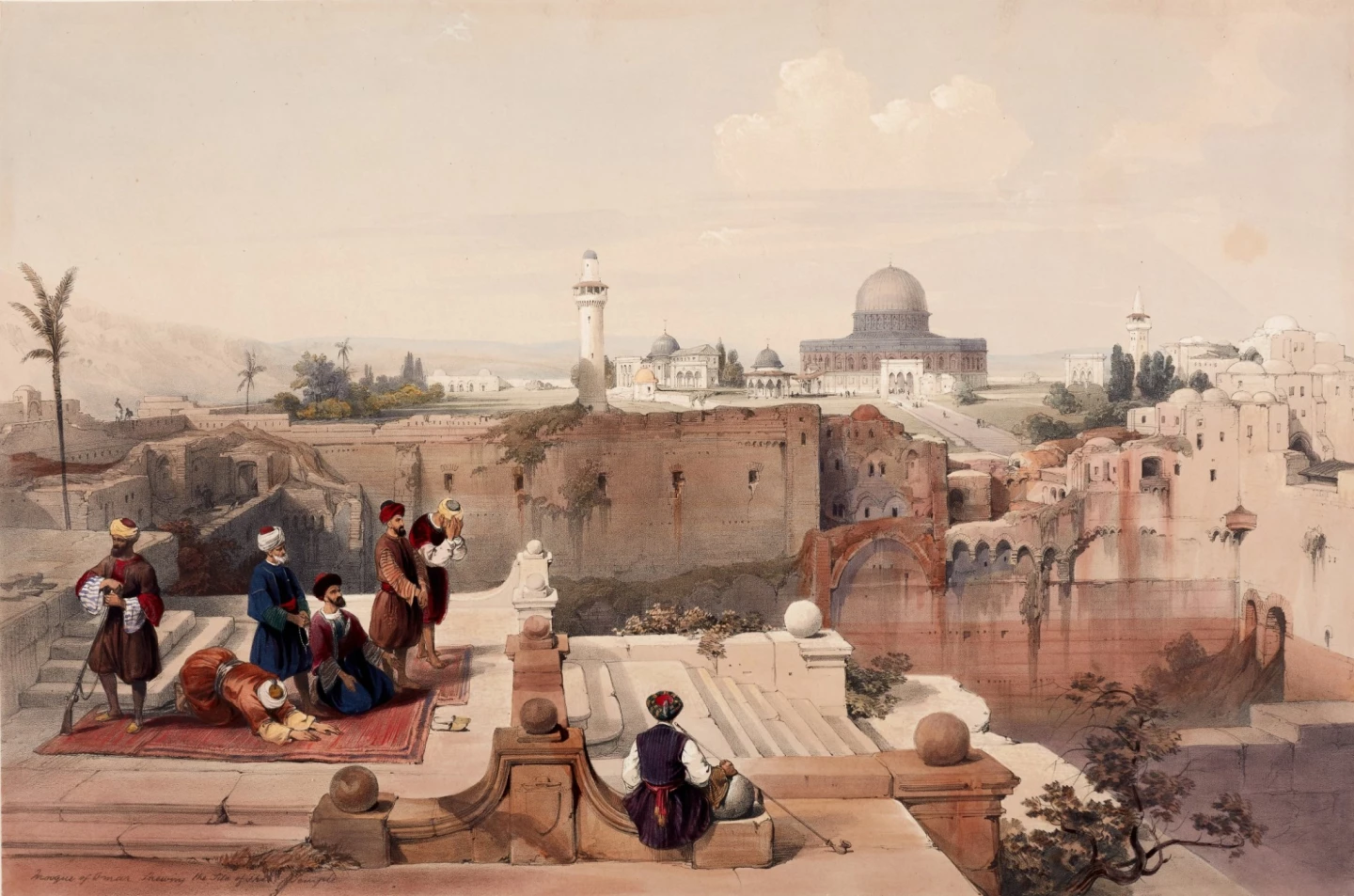
David Roberts’ The Holy Land, Syria, Idumea, Arabia, Egypt and Nubia is a lavishly illustrated travelogue of 19th-century Palestine that often earns the title “the world's most expensive travel book” in write-ups but in reality, the book has never sold for more than USD 338,500 (Sothebys 2008). The book's illustrations are exceptional.
Finally, now that we've covered atlases and travel books, there's clearly one more cartographic manifestation to go – terrestrial and celestial globes.
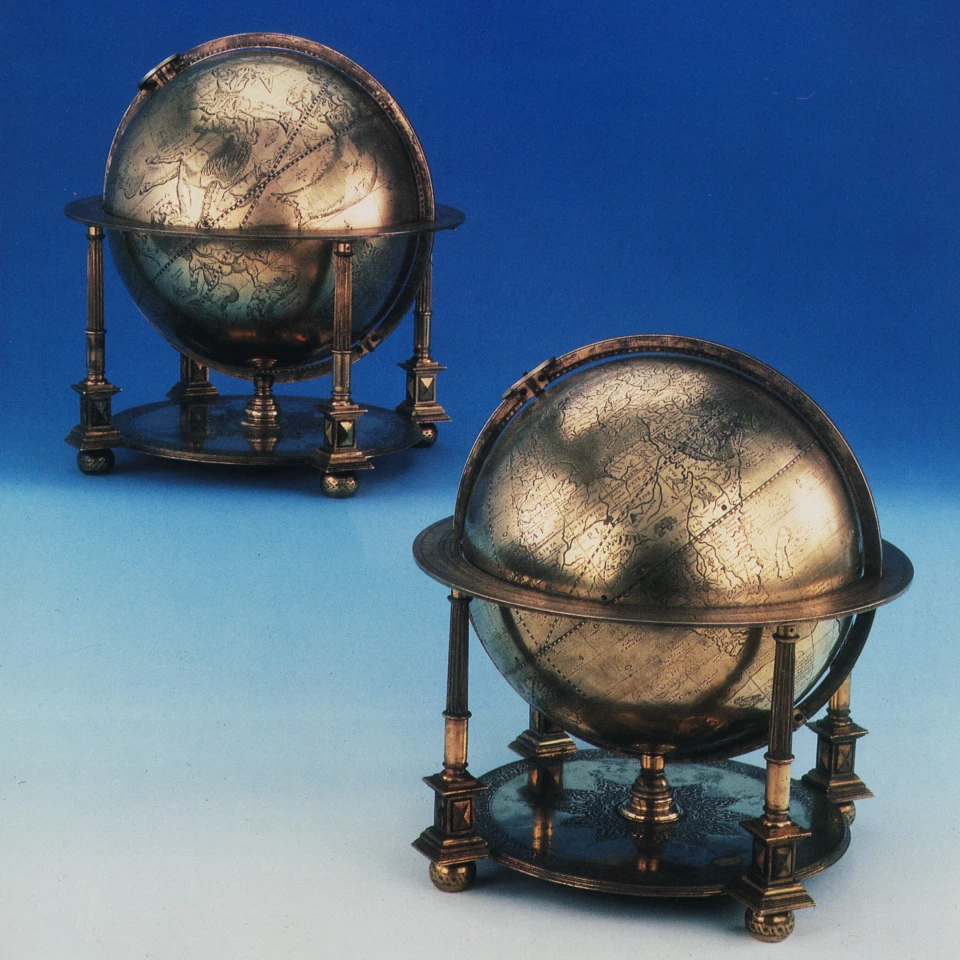
The most expensive globes to have ever sold at auction were once owned by Ottoman Sultan Murad III. The globes are 29.6 cm (11.7 in) in diameter and were sold for $1,778,486 (£1,023,000) against an estimate of £400,000 to £600,000 at a Christie's (London) auction in October 1991.
If you gained a taste for Samuel de Champlain's work, you can read the complete book (in French) at Bibliothèque Nationale de France or see the main illustrations in detail at Canada's McGill Bibliothèque.
